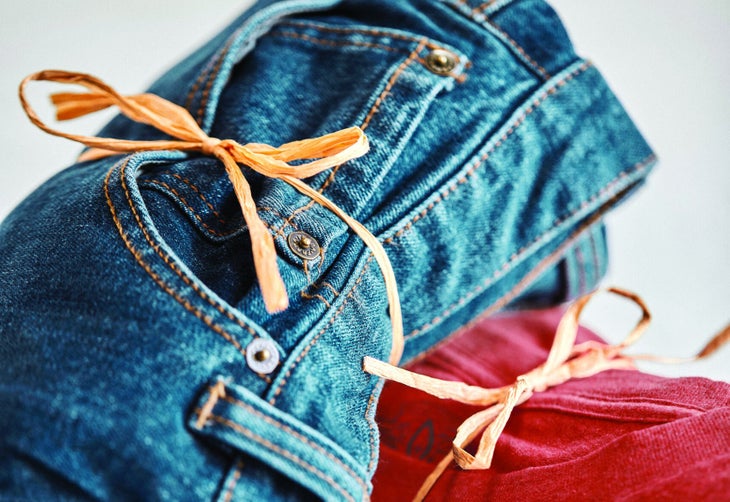It’s no secret that our industry has a polybag problem. While many brands are looking at alternatives to curb the glaring plastic waste—and some, like prAna and NEMO, have already changed their packaging practices—progress is slow. Plus, while technically recyclable, polybags are neither accepted curbside nor widely taken at recycling centers. Hence the reason proliferating mounds of discarded plastic pouches end up in the trash every day. Here, we take a closer look at the problem—and a better way forward.
Growth Factor
Plastic packaging and containers account for 40 percent of global plastic produced, and our appetite for them seemingly knows no bounds. Here’s how much (in tons) we’ve been making in the U.S.
1960: 120K
1980: 3.4M
2000: 11.2M
2010: 13.7M
2018: 14.5M
E-Commerce Eco-Problems
It’s hard to ignore the rising digital shopping trend—especially for outdoor brands that have seen a spike in interest juxtaposed with limited in-person retail throughout the pandemic. This is how much plastic packaging waste we can expect to see from global e-commerce if we don’t change things now.
2021: 2.66B lbs
2022: 3.03B lbs
2023: 3.45B lbs
2024: 3.95B lbs
2025: 4.53B lbs
Carbon Count
Every day in 2019, global polyethylene consumption accounted for 772,603 tons of carbon emissions. Capturing that single day’s worth of emissions would require roughly 38.63 million trees growing for a year.
That means removing a year’s worth of emissions would require more than 14 billion trees.
Recycling Reality
9: Percentage of global plastic waste that has ever been recycled
14: Percentage of U.S. plastic packaging that is recycled now
69: Percentage of U.S. plastic packaging that ends up in a landfill
180 Billion: Number of polybags the global fashion industry—which includes textiles and products in the outdoor industry—uses annually (that’s equivalent to the weight of 80,000 elephants)
So Why Do Outdoor Brands Even Need Polybags?
It’s about weighing the cost of ruined clothes.
30: Percentage of garments that were damaged beyond sellability when Patagonia conducted an experiment by running items through the shipping system at its Reno distribution center without polybags.
5: Percentage of a garment’s carbon footprint for which a polybag accounts. Meaning (by some logic): the environmental impact of throwing away a damaged garment far outweighs the impact of using a polybag.
Alternative Rhinking
Petro-based materials aren’t the only options. Check out what these forward-looking brands are using.
Paper: Surf-inspired apparel brand Outerknown ditched virgin plastic in favor of Vela bags, made from durable, transparent paper that’s biodegradable and recyclable curbside. Thus far, Vela bags have replaced 105,039 pounds of plastic polybags.
A rolling fold, plus raffia: Longtime sustainability pioneer prAna hit its zero-plastic goal in 2021 by using a roll-pack method for 70 percent of its garments and securing them with recyclable raffia ties. (The rest is shipped in Vela paper bags.)

Cornstarch: Fishing gear and apparel company Grundéns uses 100 percent biodegradable polybags made from a polylactide derived from cornstarch. Cut into strips, the bag can be composted curbside and will decompose in under a year.
Accountability Actions
The Plastic Impact Alliance (a coalition of more than 430 outdoor companies and the brainchild of OBJ editor Kristin Hostetter) teamed up with the nonprofit Eco-Cycle to launch a three-month pilot program in late 2021 to collect, quantify, and recycle polybags from outdoor retailers in Boulder, Colorado.
By the end of the pilot, the group collected 74,500 polybags, accounting for 901 total pounds of plastic �ڰ��dz���11 participating outdoor businesses (including ���ϳԹ���, OBJ’s parent company). Those bags are being recycled by Trex, a company that manufactures wood-alternative composite decking.
Sources: EPA, Oceana, Statista, Climate Neutral Group, Lonely Whale Foundation, Eco-Cycle.


